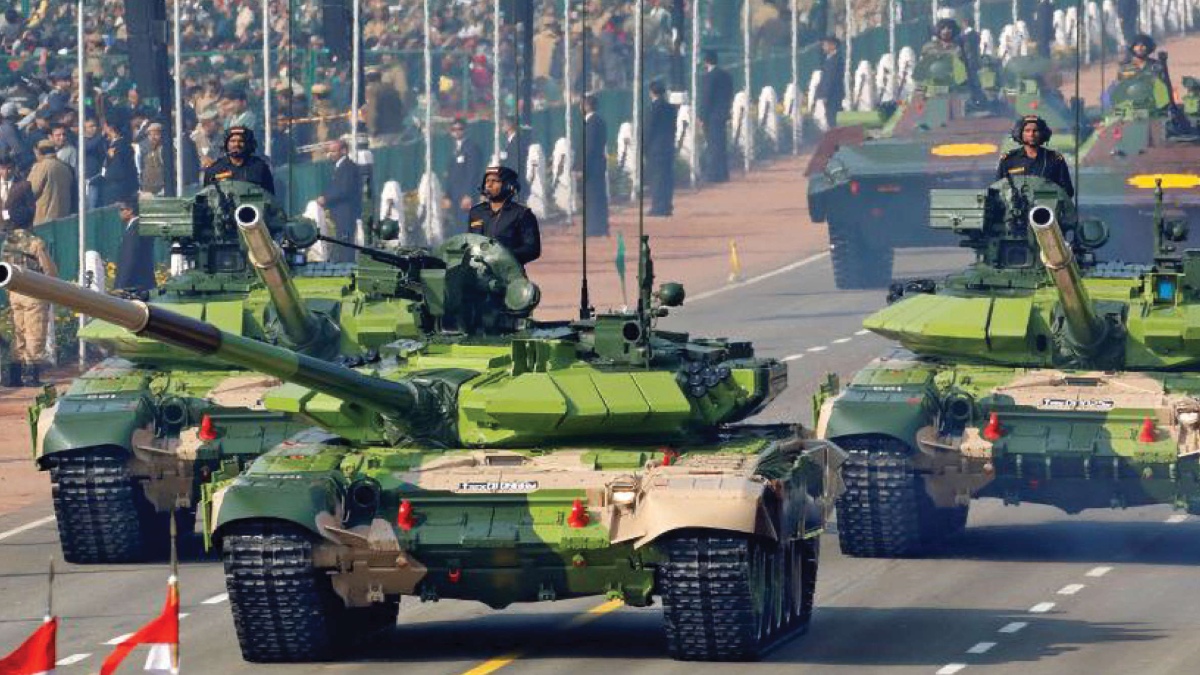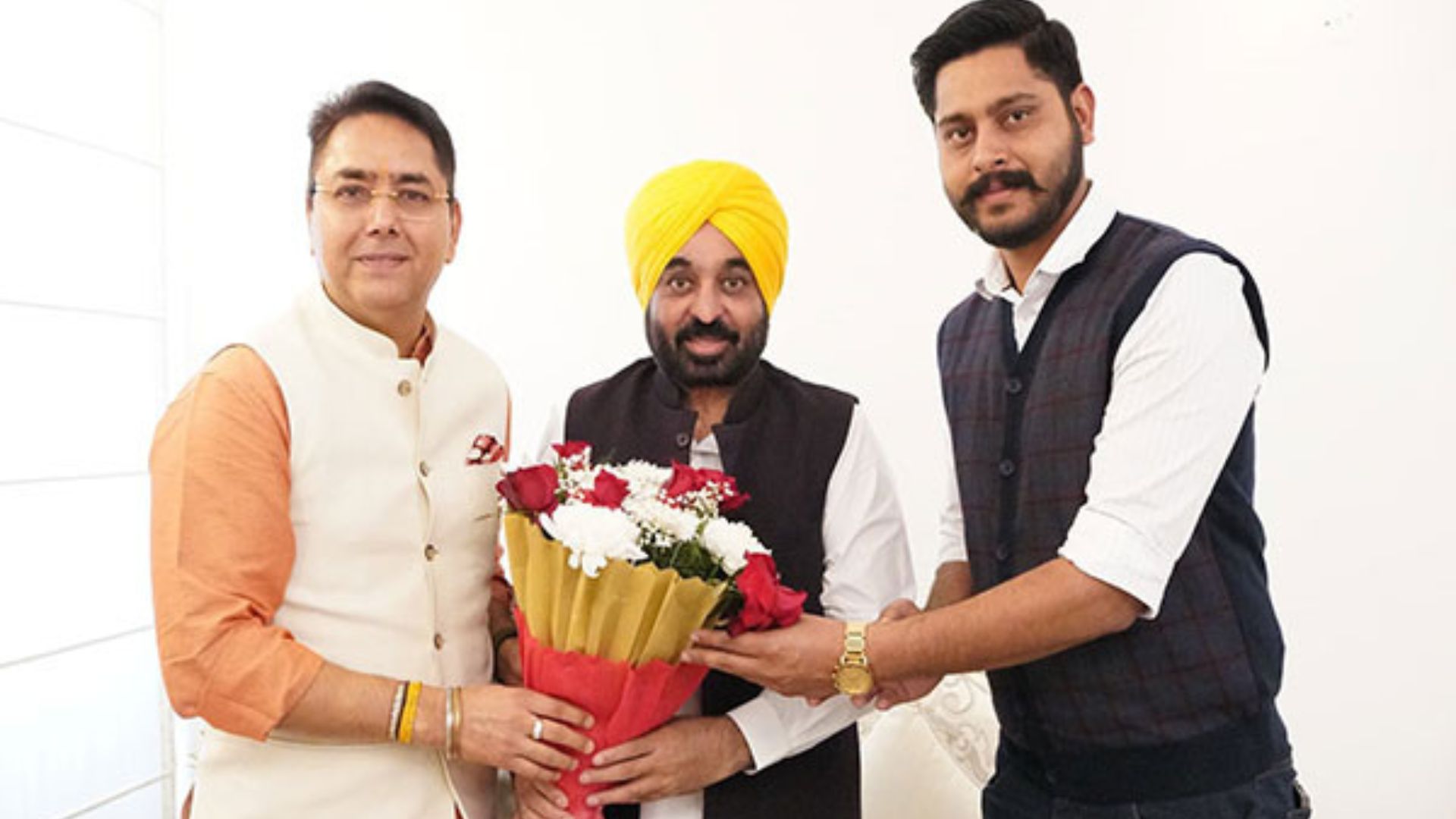
Economists told me that I was making fundamental sense in my article, “Chinese and Indian Defence Budgets: Comparative Hype and Reality”. People with experience in handling defence budgets said that I presented a very unique perspective. I got a left-handed compliment for creating a positive narrative, even out of a not-so-positive situation. It was pointed out that urgent capability development needs, clearing backlog of AONs, carry over liabilities, etc, have not been met. That is exactly the point I was making when I ended the article by stating: “It is not as much about the budget allocation for defence, but it is more about how we spend it. We are not getting the bang for the buck. The window of opportunity is there now due to our projected growth rates…Such windows will open very rarely. In our case, it opened once earlier at the turn of the century. We looked the gift horse in its mouth to squander it. It is appearing again now. It should not be a case that a fool and his money are soon parted.” Let me take things further.



THE CAUTION
Everyone knows that the Chinese system is opaque and corrupt. However, the corrupt Chinese system which spends only 1.87 times our defence budget embarks on a long-term programme to build 10 aircraft carriers, nuclear submarines, stealth fighters and effect complete mechanisation by 2025. In future, the expenditure ratio will reduce to 1.42 times. (see tables below). On the other hand, despite such relatively large expenditure, India does not dare to dream of the third aircraft carrier. There is only one answer. We have been more corrupt than the Chinese, or more inefficient or both. This multiple whammy over years, has left us with a huge capacity deficit vis a vis China. The necessity to reform and rectify the situation is universally acknowledged. However, our reforms are as pedantic as malignant cancer being left unattended.
While it was great news that India’s arms import dropped by 33%, there is a dark cloud over the thin silver lining. As per SIPRI, “The overall drop in India’s arms imports between 2011–15 and 2016–20 seems to be mainly due to its complex and lengthy procurement processes, combined with its attempts to reduce its dependence on Russian arms by diversifying its network of arms suppliers. As India perceives increasing threats from Pakistan and China and as its ambitious plans to produce its own major arms have been significantly delayed, it is planning large-scale programmes for arms imports. Based on its outstanding deliveries of combat aircraft, air defence systems, ships and submarines, India’s arms imports are expected to increase over the coming five years”. Tells us a lot.
THE OPPORTUNITY
Notwithstanding the caution I have sounded, If India allows its defence budget to grow with its GDP without limiting it by value, then the opportunities are as under:
The trend-line of reducing defence imports, if sustained, will enables us to cap imports in the next 5-year period as factored in the tables above. More importantly, if our defence export regime is reformed and streamlined, we could be ‘value neutral’ in the next five – ten years.
Our defence budget can potentially grow from $70billion to $billiom. That is a 50 % increase. Over a five year period we could be spending an accumulated 90 bn USD more on defence. If our manpower and import costs remain capped, then all this expenditure will go into capability enhancement.
If the current trend of expanding private participation in defence production / acquisition continues, then the Indian Defence Industry is in for a sunshine period.
This significant bump in defence budget (potentially) can kick start a Civil Military Fusion cycle which is a sore necessity.
Here are some ideas for change and realising the opportunity.
APPLE AGGREGATION MODEL
I understand that for every Apple smartphone sold , the revenue share of Apple Inc is 60- 65%, Japanese and South Korean component suppliers get 25 – 30 % and Chinese factories get 5-10%. Additionally, the investment is completely done by Chinese, Japanese and Korean companies! They, in turn, garner funds from the market. Overall Apple earns without any investment. However, it makes long term commitments to its manufacturing base, has a huge turn over and still comes up with new models through latest design and inventiveness to stay ahead of the loop. This ‘Apple Aggregation Model’ based on intellectual capital can be adopted in acquisition of indigenous weapon systems. Economy of scale through long term forecasts, aggregation and adopting market principles will pay handsome dividends. Scope for such a system exists in Artillery. It can be adopted elsewhere. It needs imagination to think differently. The government must wield an axe to cut through ‘life threatening bureaucratic thinking’. Procrastination in reform has resulted in, budget overruns, wasteful expenditure and suboptimal capability.
AATMANIRBHARTA
Aatmanirbharta in defence is critical. It should go beyond the restricted / negative import lists. In fact, it has been one year since the list has been published. What are the outcomes? What next? Is an expanded list on the anvil? There is great scope for import substitution in the revenue stream also. The MGO and logistics branches of all Services, need to get together and establish import substitution portals where MSMEs can participate extensively. The largely ineffective, Department of Indigenisation needs energisation. Import substitution and indigenisation should progress on a benchmarked road map. Another important part of Aatmanirbharta is to achieve technology self-sufficiency. I understand that there is a move to indigenise processor technology at national level. This must be extended to other technologies related to AI, special material, GIS, surveillance and so on. There is a strong case for a defence technology mission through Start-ups.
CIVIL MILITARY FUSION
India must embark on a Civil Military Fusion as an extension to Aatmanirbharta,. All great nations have done it. USA did it in the last century. Presently, China is doing it in a big way, often adopting illegal and questionable methods. The US and Chinese models can be studied and adopted to our conditions based on our requirements and strengths. At the heart of it, Civil Military Fusion is all about dual use technologies and exploiting their civil use for military purposes and vice versa. The main focuses must be disruptive technologies like quantum computing, AI, big data, semiconductors, 5G, advanced nuclear technology, aerospace technology, new materials, energy, communication, and nuclear power. The vision and approach have to be beyond MoD as part of national interdisciplinary missions. We have the talent but are unable to harness it. Microsoft and Google are better at harnessing our talent and selling back to us! We need to learn from them.
DEFENCE EXPORTS
The fact that 71% of Bangladeshi arms imports come from China tells a tale of our defence exports. Knowledgeable people in the industry and government feel that the intent is strong but the methodology of export is weak. If defence exports have to bump up to 5 billion USD, India needs more professionalism than bureaucracy. I have dwelt extensively on this in my article last year @ https://www.gunnersshot.com/2020/09/a-landscape-for-defence-exports-by-lt.html. There is a requirement for a capability and requirement analysis based on an incentivised export architecture. This needs to plug in with our military and diplomatic framework. Defence exports need not be only about big ticket items it could be spares, MRO and services also. It should encompass public and private sector. Most importantly it should function at arm’s length from the MOD.
MANPOWER
Manpower is a festering sore. The need to be more platform centric rather than manpower centric is well known. Everyone knows that the simple act of lateral transfer of defence personnel to paramilitary forces after their terms of engagement with the armed forces or transfer of RR battalions to home ministry will result in huge savings. Yet the political will to tread this route is missing. Our politicians seem to be baulking at this low hanging fruit. Vested interests within the system are hijacking the issue. It is national profligacy to send fully trained personnel on pension when they can be utilised for another two decades as paramilitary forces. Take another facet. Public sector defence industry is over staffed, inefficient, produces low quality and is costlier than imports. Yet we do not carry out internal reform. Corporatisation of OFB seems to have bitten the dust. If OFB cannot be corporatised do not give them orders and stop recruitment. Dry them out. The Services must evolve a road map for alternate procurement from private industry through open competition. The Armed Forces need to be more vocal about it. I did not see such issues being highlighted in the Combined Commanders Conferences. If the other departments can nudge the political leadership, why cannot the Armed Forces do so? The CDS needs a hard look at all these issues.
SPENDING INABILITY OF ‘MUNSHIJI’
Our ability to enhance capacity is also crippled by an inability to spend. It is often published with much fanfare that financial powers have been delegated to VCOAS / DCOAS. How has this ‘delegated powers’ mechanism functioned? What are the results of delegation? Why has it not worked? How to make it work better? Is it just a mechanism to shift blame to services or is it shifting failure down the line? Look at any old time Hindi movie. The real villain is often the ‘Munshiji’. He always stays in the background, instigates the villain, stutters shifty eyed, manipulates, schemes and tricks the ‘hero’ into a ‘zero’! To quote an example. How does the Defence Finance explain a 100% cost inflation in a product when produced indigenously as against a 10-12% cost inflation in a similar product when imported in the same time period. Our defence finance specialists pass such inflated costs routinely. The defence finance has to be populated by defence professionals and not ‘Munshijis’. I can quote and embarrass people in this regard but will refrain from doing so for the present. This is one cancerous lot which has escaped scrutiny. Needs REFORM!
THE CHALLENGE
In the past year I have been one of the staunchest of supporters of our Armed Forces and the defence establishment—Right or Wrong. At a point of crisis there was no other way. However even a person totally unacquainted with the principles of our defence economy will agree that over a period of time, dishonest politicians, self-serving bureaucrats and a largely ignorant and insulated Armed Forces have deprived this nation of the security it deserves. This is despite the fact the regular tax payers have paid through their noses for security. Our politico-bureaucratic-military leadership has consistently under performed. However, that is in the past. The ‘challenge’ now is that do we have the intellectual honesty, to rectify the situation for the future? If the government wants India to be strategically independent, then it is time to walk the talk.
The armed forces have come to a point where they could cope with our enemies with what they had up till now. In an era of multi-domain warfare they need capabilities which are over the horizon. Their well of capabilities is drying. To acquire futuristic capabilities, we need to grasp the moment. Otherwise we will remain where we are – never respected, never to realise our dreams but always to make big promises of our un utilised potential.
Does our politico-military-bureaucratic leadership have the wisdom to grasp the opportunity and overcome the challenge? History will judge people of today whether they have been able to grasp the opportunity or squandered it by talking big.
Lt Gen P.R. Shankar was India’s DG Artillery. He is highly decorated and qualified with vast operational experience. He contributed significantly to the modernisation and indigenisation of Artillery. He is now a Professor in the Aerospace Dept of IIT Madras and is involved in applied research for defence technology. His other articles can be read on www.gunnersshot.com.















